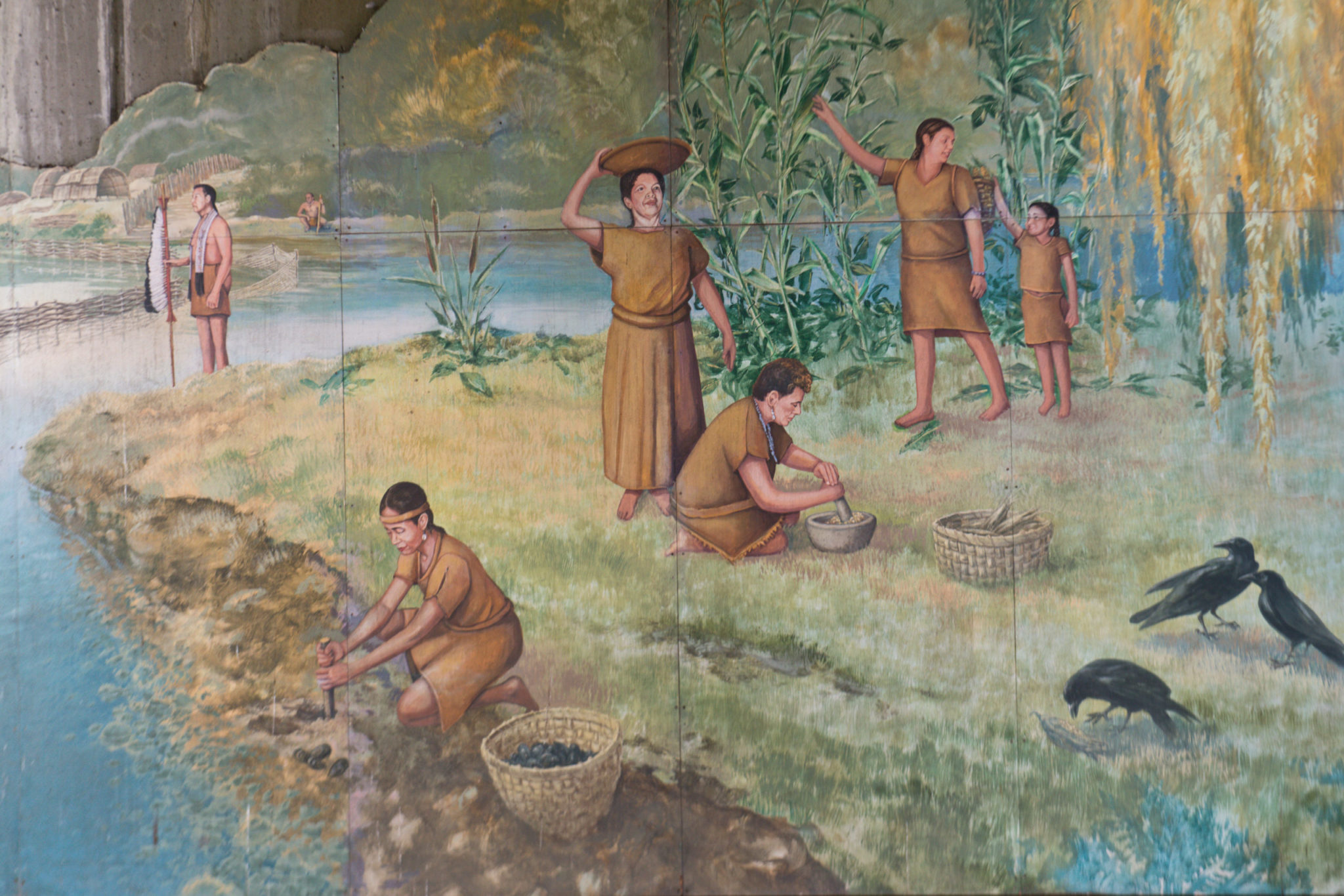
The funeral customs of the indigenous peoples of the Americas – the inhabitants of the Americas before the arrival of the European settlers – involve the community in activities to honor the deceased and support the family. Given the tremendous diversity of Native Americans, each tribe has their own variation on funeral customs, such as the use of indigenous languages, symbols, and ceremonial objects. In general, Native Americans consider the natural world a sacred place, attaching religious activities to particular places.
Each tribe has different mourning practices, but showing extreme emotion in the form of singing, wailing, and weeping is common. While every family and tribe has their own traditional way, ritual practices after the death of a loved one include prayers, songs, painting a person’s face, and burying items along with the body. Many tribes restrict what bereaved relatives can eat as well as what kind of activities they can engage in when they experience grief or a major loss. In addition to the mourning method, the mourning period varies by tribe.
In each Native American culture, death is associated with distinct rituals and customs to help people with the grieving process.
Woodlawn continues to be a non-sectarian cemetery without a specific religious affiliation.
